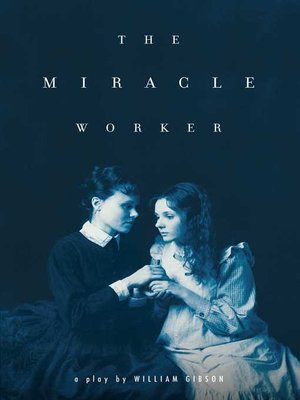

For a good discussion of Keller’s life and why it is so often glossed over in history classes, check out the first chapter of James W. One editor even argued that Keller had been seduced by socialism because of “the manifest limitations of her development.” To this day, few realize how radical Helen Keller was as an adult-for most people, Keller’s historical importance ends the second she learns how to talk. She campaigned for union rights and women’s suffrage, and was widely criticized for doing so (including by some of the same people who lauded her as a hero in childhood). It’s also worth noting that Helen Keller went on to become a notable supporter of the Socialist Party of America. The fact that Annie Sullivan hails from Boston is also very important, since it influences the Keller family’s perception of her as arrogant, “rough,” and disrespectful of their customs.


Following the Civil War, blacks in the South had earned the right to vote and own property, but were still treated as second-class citizens in every way-a fact that is evident throughout the play (the Kellers are a wealthy, aristocratic family and have multiple black servants). In the 1880s, when Gibson’s play is set, the United States was still reeling from the impact of the Civil War, during which the Northern states battled with the Southern, slaveholding states. He married Margaret Brenman-Gibson, a world-famous psychotherapist whose influence can be detected in Gibson’s plays, which often have overt psychological themes. Gibson never wrote another play that matched the success of his first two Broadway productions, but he remained a prolific writer until his death in 2008. Both plays were later adapted into successful films.

Gibson followed his Broadway debut with the even more successful The Miracle Worker (1959). The play was a huge success, starring the legendary actor Henry Fonda, as well as the soon-to-be famous Anne Bancroft. His big break came in 1958 when his play Two for the Seesaw was accepted for production on Broadway. To support himself, he was forced to work in a psychiatric clinic, and his time at the clinic inspired his novel The Cobweb (1951). In the 1940s, Gibson wrote a handful of novels, plays, and poetry collections, without much success. William Gibson grew up in New York City and later attended City College of New York, where he was active in theater.


 0 kommentar(er)
0 kommentar(er)
